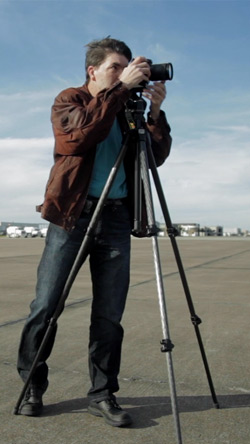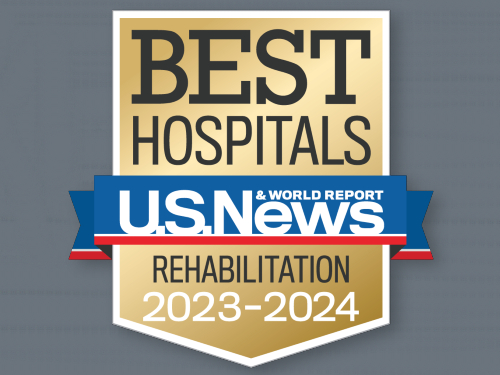In June 2013, Mike McCormick was finishing up a long week of work when a friend called and asked him for help moving some heavy items from her old house to her new home. “We worked for several hours and somewhere around midnight, as soon as we were done, I had a stroke,” McCormick says. “She immediately recognized my symptoms and called 911. Afterwards I thought how lucky I was. I could have been driving home.”

McCormick was accepted into the TIRR Memorial Hermann Challenge Program, a unique program that provides a comprehensive range of services to help brain injury and stroke survivors maximize their potential. A team composed of social workers, vocational rehabilitation counselors and neuropsychologists, as well as physical therapists, occupational therapists and speech therapists, focuses on community integration skills critical to the transition to independent living, school or work following brain injury.
“Like many people, Mike came in to the program thinking that a stroke is like a broken leg. You fix it and you get on with life,” says Christine Dantche, CRC, CBIS, a vocational therapist in the Challenge Program. “Unfortunately, with a traumatic brain injury or stroke, it’s a long healing process. Clients come in with their own personal goals, and we get together as a team and formulate a customized outpatient treatment plan that addresses the physical abilities, memory strategies, interpersonal communication and problem-solving skills needed for long-term success.”
When I had my stroke, it hit really hard. It affected my right side from my shoulder to my foot, as well as my speech...
Mike McCormick
McCormick graduated from the Challenge Program five months after he entered it. “As I was nearing the end of my time there, I started reflecting back on what I’d gotten out of the experience,” he says. “They’re very professional and very much willing to adapt to what you need to learn. Amy Vu, my occupational therapist, created tools that resembled my tripod and camera, so that I could work at grasping and regaining the movements that would help me to return to my job. It’s like fishing – a catch-and-release program. You have a stroke, and they catch you when you fall. They give you the tools you need to learn to carry on and return to the community. They’re very dedicated. One of my physical therapists, Stacey Ryan, is a runner who was training for a marathon. Another physical therapist, Michael Giardina, is a weight trainer. They knew I needed to get back to running, so they both ran with me. They push you as hard as you can go.
“Without TIRR Memorial Hermann I wouldn’t be working today,” McCormick says. “Being back to work was everything for me. It’s part of my identity. I wasn’t willing to dive into retirement or give up such a beautiful life. I intend on making great images for a long time to come.”
Subscribe to the TIRR Memorial Hermann Journal
You!

Nationally Ranked Rehabilitation
For the 34th consecutive year, TIRR Memorial Hermann is recognized as the best rehabilitation hospital in Texas and No. 4 in the nation according to U.S. News and World Report's "Best Rehabilitation Hospitals" in America.
Learn More